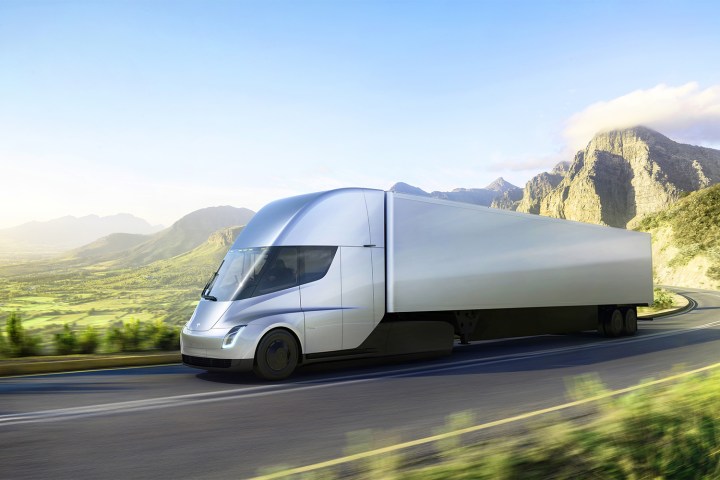
Walmart, the world’s largest retailer, said that it had placed an order for 15 Tesla Semis. The company wants to have 10 trucks for use in the U.S. and five for Canada. In total, Walmart operates about 6,000 semi trucks within the U.S.
J.B. Hunt Transportation Inc. is one of the first major trucking companies to invest in Tesla’s new vehicle. The company did not say how many trucks it had ordered, but did state that it had reserved “multiple” trucks for use along the West Coast.
Loblaw, a Canadian-based grocery chain, has purchased a small number of the trucks and said it hopes to convert its entire fleet to electric by 2030.
Tesla did not announce the exact cost of its new semi-trucks, but it has been reported that the company requires a deposit of $5,000.
While several major companies are willing to give the Tesla Semi a shot, the cautious reaction reflects general uncertainties within the trucking industry. The trucks can only travel about 500 miles on a single charge, which is roughly half what of what a standard diesel semi can do on one tank of gas.
That being said, Tesla and other makers of electric vehicles are investing in semi trucks due to their belief that the market will shift towards electric vehicles within the next decade. Those predictions are based, in part, on the efforts of the world’s governments to combat climate change. Numerous countries have implemented regulations focused on reducing the carbon footprint of semi trucks. Some cities and states within the U.S. are considering imposing taxes on diesel vehicles. China, one of the world’s largest markets, is hoping to convert all of its vehicles to electric within the next several years.
As of right now, it is unclear just how successful the Tesla Semi will be. The backing of Walmart and J.B. Hunt will certainly help, but other players within the trucking industry are taking a wait-and-see approach to electric semis.


